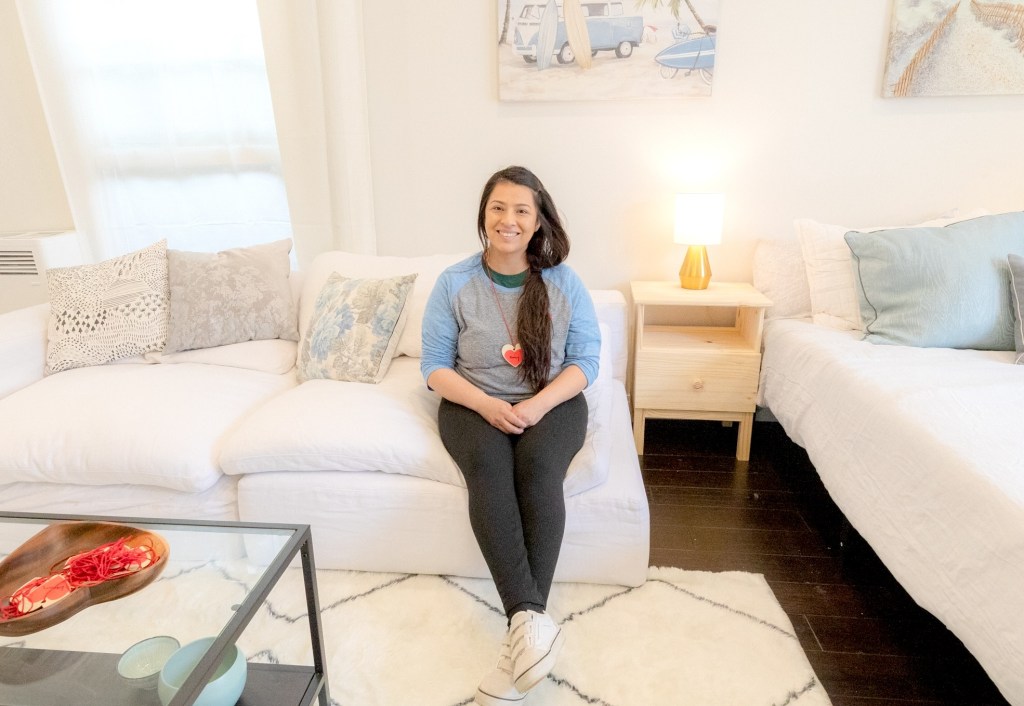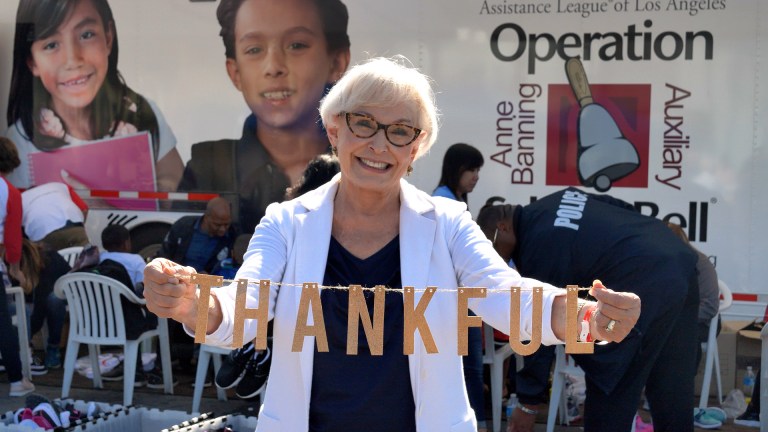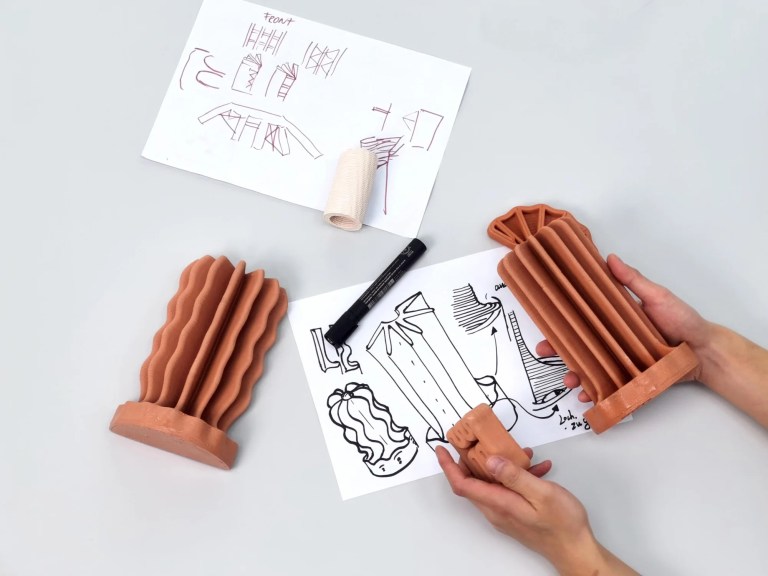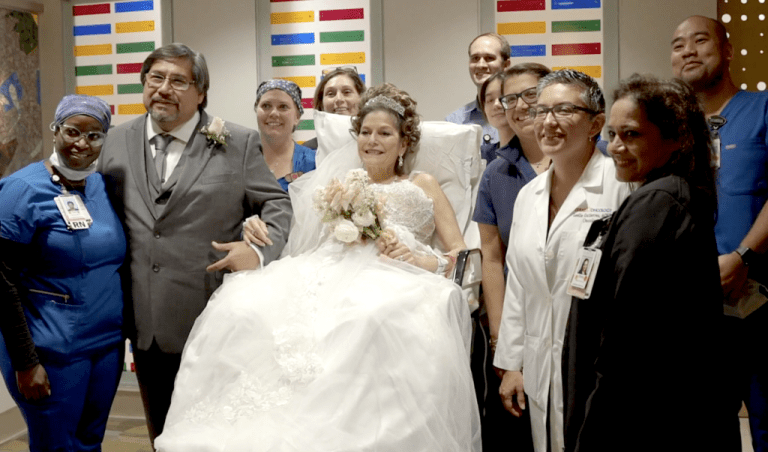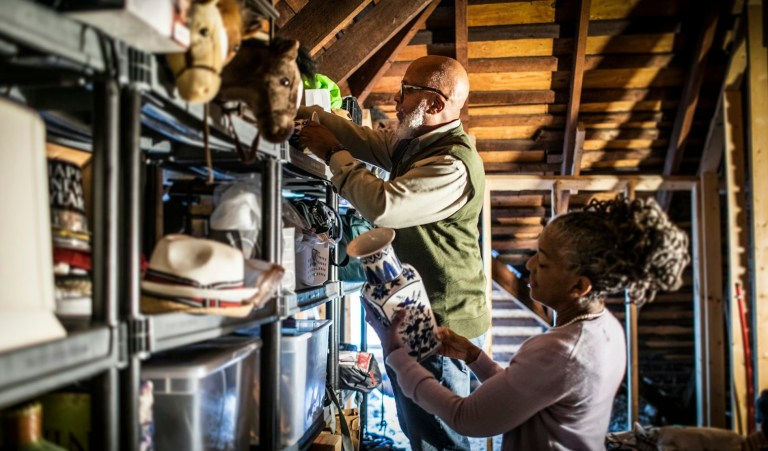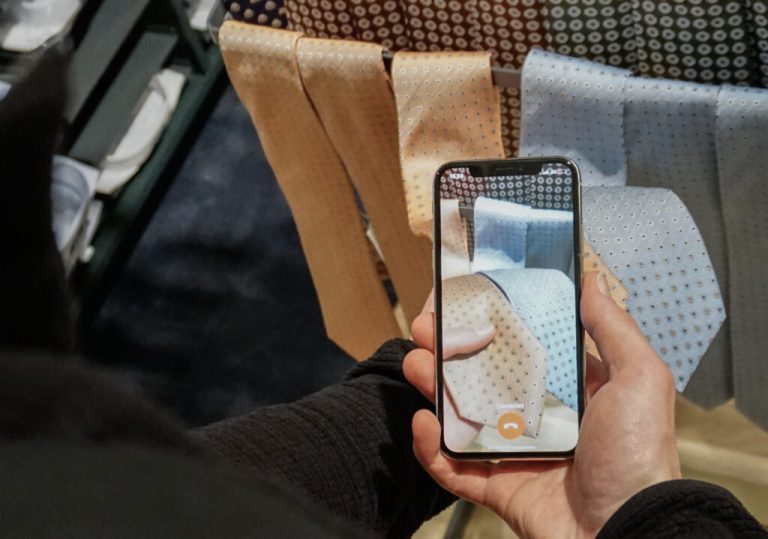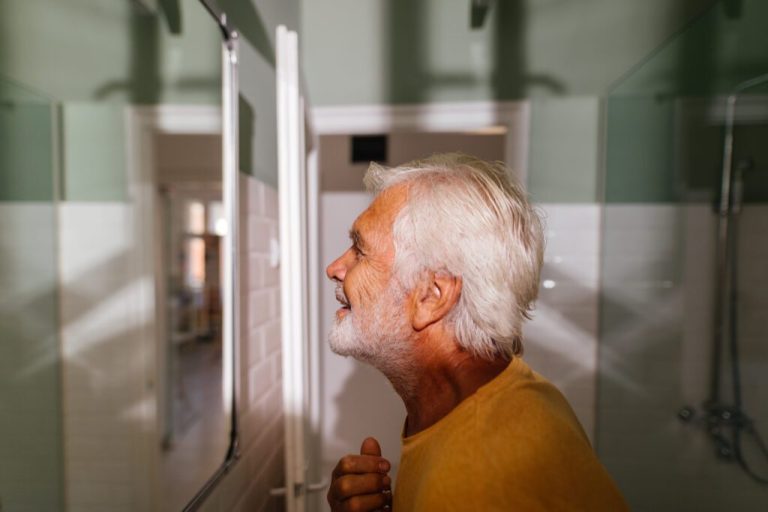There are approximately 400,000 children currently living in foster care in the United States. These kids often shuffle from house to house, sometimes toting what few belongings they own in just a trash bag. Every year, around 20,000 young people age out of the system, and for them, the process of finding and furnishing a place of their own can be overwhelming — if not impossible.
In Los Angeles, the problem is particularly pressing. According to the Alliance for Children’s Rights, around 50% of youth transitioning out of foster care wind up unhoused or incarcerated. And if an individual does secure an apartment, they may be unable to afford to furnish it, which can cost thousands of dollars. Therefore, many settle into barebones spaces, often without necessities like pots and pans, much less a dinner table.
That’s where A Sense of Home comes in. The LA-based nonprofit is on a mission to prevent homelessness by turning empty dwellings into bright, cozy, fully furnished homes for newly emancipated youth. Since its inception in 2015, it’s transformed 1,150 spaces and counting, completing around 150 home creations a year.
“I think it’s not widely understood how difficult their experience is. I think the best sort of analogy is that it’s kind of like refugees within our own country,” founder Georgie Smith told Nice News of foster youth.
She added: “They’re displaced people, and they don’t have anywhere to go. And that’s why it behooves us as a society to be the village for them that it takes to raise a child. … So if we can wrap our arms around them at the time that they’re exiting foster care, as soon as that happens, we can prevent them from becoming homeless.”
Being gifted a complete set of furnishings is undeniably beneficial — one small study of people who’d recently transitioned out of homelessness concluded that “the receipt of furniture contributes to place attachment and advances participants’ overall quality of life as seen through improvements in their mental, physical, and social health, as well as their ability to pursue and achieve goals.”

And Smith can’t emphasize the impact enough. “They have a roof over their head, but they don’t have the foundation,” she explained. “A space does not function like a home unless it has all of the equipment within it that makes a space a home, which is a space to recline on, to sleep on, to be able to prepare meals, to be able to sit and study, to be able to break bread.”
“We need home,” she added. “We cannot be productive in school or work. We cannot maintain good health. We cannot maintain good relationships unless we have a functioning home. And because it’s furniture, it seems like, ‘Oh, that’s sort of a luxury.’ It’s not. The furniture and home goods are really the tool kit for one being able to manage and organize their life.”
The transformation process itself is a whirlwind: A group of volunteers storm the place, populating empty rooms with upward of 330 items worth about $8,000 per home — from curtains and potted plants to refrigerators, beds, and desks — in under two hours. The furniture has all been donated, stored in a large warehouse in Hawthorne, ready to be trucked out to each new space.
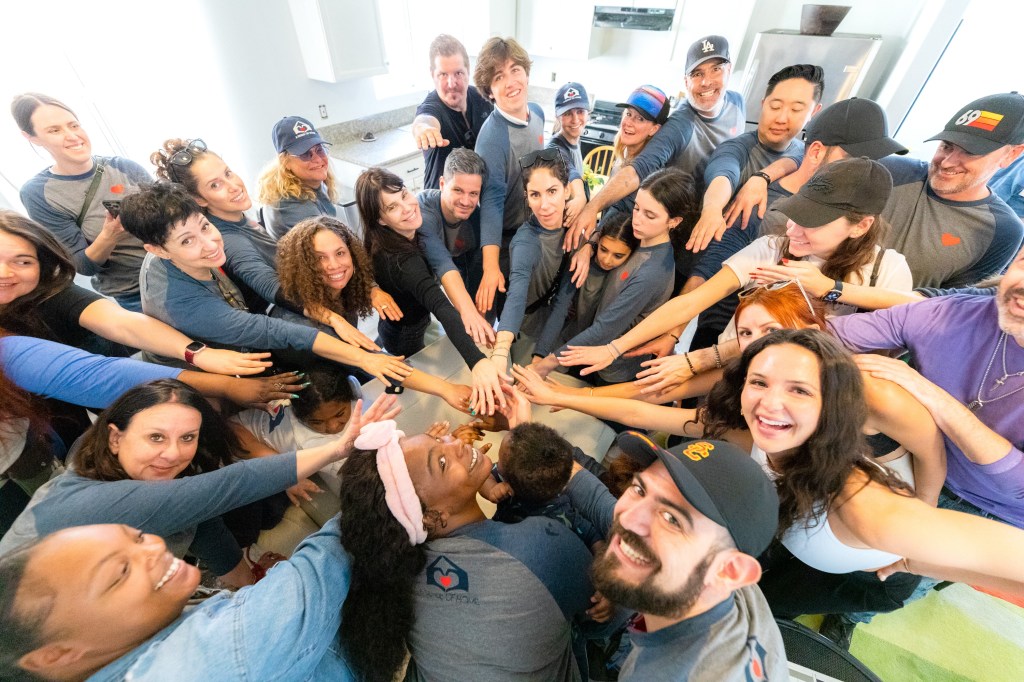
In watching videos of the installations, what stands out even more than the homes taking shape is the spirit of kindness and care that goes into them. As anyone who’s moved before knows, it can be hard enough lining up friends and family to help you lug boxes in and unpack. For a person without a strong support system, the barrier is even more pronounced — which makes strangers spending their free time transforming these spaces that much more meaningful.
The organization began with a random act of kindness: A decade ago, Smith, who was born in Perth, Australia, but has lived in LA for 25 years, responded to a request from a young man who’d aged out of foster care and needed help furnishing an apartment. She shared his story with friends — and they came through. His need, and the outpouring of support it generated, inspired her to launch A Sense of Home.
There’s no age limit for who can benefit from the nonprofit’s services, and many of the participants it serves have kids of their own or are guardians to younger siblings. Applicants must be either working or going to school (or a combination of both) for at least 30 hours a week, and their name must be on the lease for the residence — which must be their first one out of foster care.
Those who don’t qualify are connected with resources to help them meet those requirements, and Smith said that landlords are often encouraged to rent to people who have A Sense of Home on their side. As of yet, the nonprofit hasn’t had to turn away a single qualified applicant.
Around 93% of youth who’ve received a home creation maintain stable housing after five years, per the organization. But the “best part,” Smith said, is the sense of community it encourages. Many recipients go on to become volunteers, helping create other home transformations, which benefits them immeasurably.
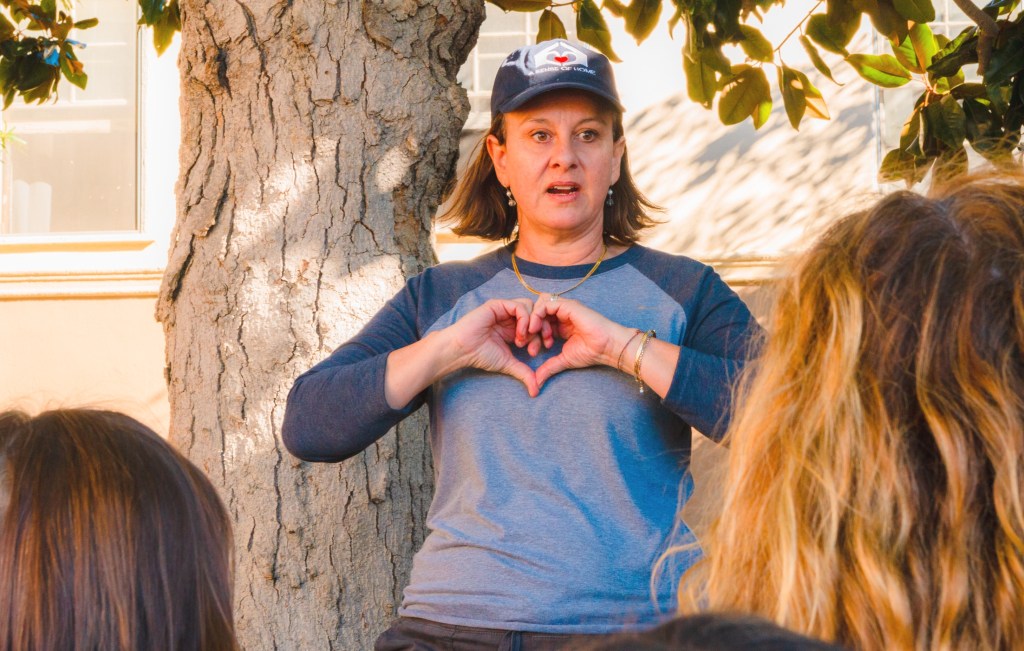
Georgie Smith
“Being a volunteer, one, is the best antidepressant there is,” she explained. “It increases happiness. [And] what we do is that we model community, and we model what is home. So for someone coming out of foster care, they haven’t been in healthy homes. So to see what a healthy home should look like and what it takes to make it right is community.”
One of those former recipients, Julisa Merwin, spoke to People last November about the program, which created a home for the young mother in 2019. “I always show my son to remind him, ‘This is what they’ve done for us,’” she said. “‘This is what A Sense of Home is.’ I do believe in their mission. I am more than glad to participate in that community to help out my fellow former foster youths because I do understand the impact.”
Smith told Nice News that in addition to the life skills, friendships, and support systems that develop through the program, the self-esteem that comes from being part of it is truly transformative. “When they volunteer and pay it forward, they’re a part of community. They belong, they’re a member, they are an agent of change. They’re changing someone else’s life.”
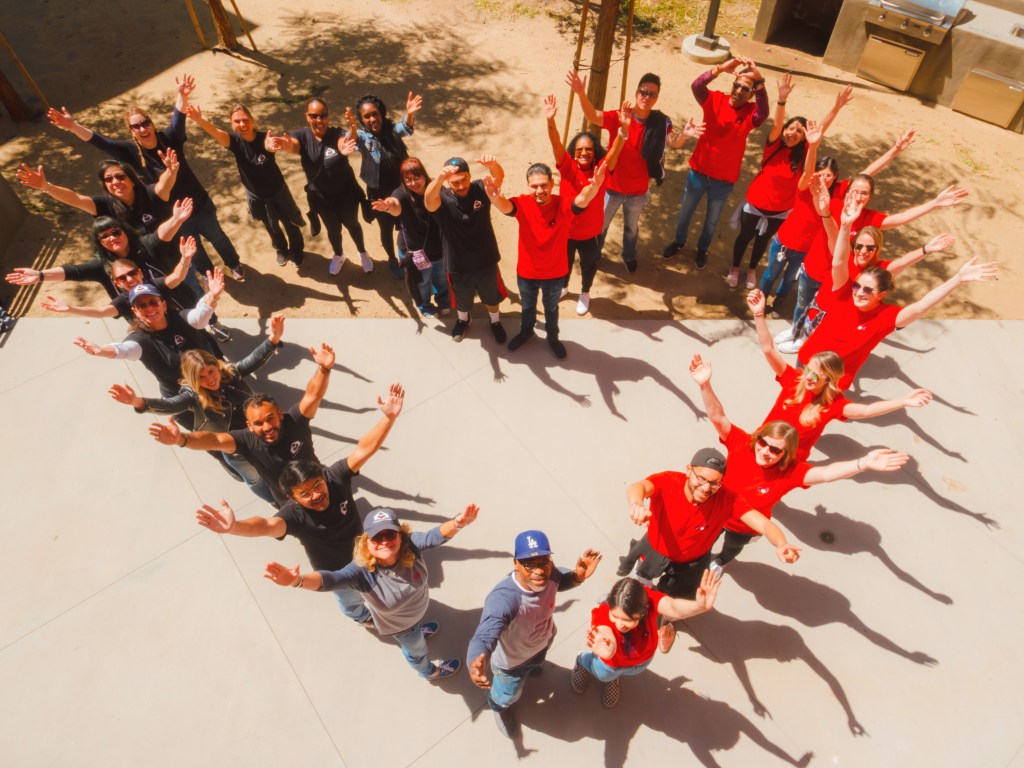
Want to become a volunteer? Sign up here. Interested in donating furniture or household items? Learn how the process works. If you’d rather give a monetary donation, you can make one here. And if you are or know of a young person in need, fill out an application to request a home creation.
Another wonderful way to contribute from near or far is by creating “welcome home” kits for the young people receiving furniture. You can either buy the goods on Amazon or download the detailed list and put them together yourself. Here are the lists. To facilitate a send, email [email protected] for more info.
Smith noted that creating kits is a great group volunteer project: “Decide with your group which type of kit you most identify with and that you would like to create. Then gather your group and ask them to bring multiples of one item. That way everyone is contributing to each kit and together you assemble numerous kits that will profoundly impact numerous households,” she said. “Typically it only takes one hour to create 30 kits.”
RELATED: Meet Cake4Kids: The Nonprofit That Bakes Birthday Cakes for Foster and At-Risk Children
